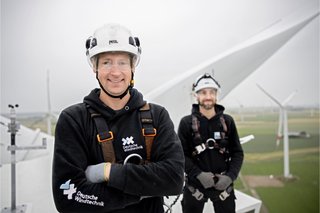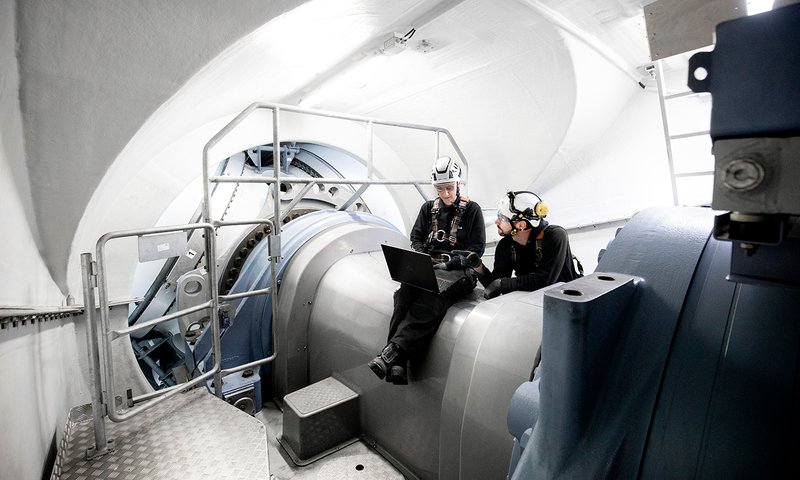As a global company with subsidiaries in multiple time zones and with different business focuses, varying legal requirements and strong customer orientation, Deutsche Windtechnik needs software solutions that cover a wide range of interests. “The IT department is often asked to provide an IT map that answers the question: Where are we headed? The answer to this is that we always have a clear vision of where we want to go, but we deliberately refrain from creating a long-term development plan,” said Klaas Feldmann, Head of IT at Deutsche Windtechnik. “Instead, we stay as flexible as possible so that we can react better and faster to new situations.” Part of the agile strategy is to reproduce processes with a high degree of generality and less variability in standard software or an ERP system. This includes, for example, processes in purchasing, logistics or financial accounting. Solutions that require highly individual adaptations or even singular requirements are mainly outsourced. This applies, for example, to industry-specific solutions in the area of SCADA, digital customer services and software that supports maintenance.
Prioritising software
Klaas Feldmann said: “This can be illustrated using the concept of a satellite system: Our ERP system forms the stable centre that requires little individual adaptation, but has to provide high availability and functionality. Satellites revolve around this on their own trajectories, such as modern Sharepoint technologies or a mobile technician client with offline functionalities. Some of them are in high orbit, almost self-sufficient. Others orbit closer to the centre, only exist as a temporary solution and are highly individual.”
Enterprise Data Bus
The satellite strategy is based on the assumption that there are interfaces between all software systems. They must be monitored and well documented. Deutsche Windtechnik is currently focusing heavily on this area and the development of an Enterprise Data Bus architecture to structure and organise all data. “An interface should not be created to connect two specific systems. Instead, it should be like a gateway that is open to any system that wants to read or write data,” Klaas Feldman explained. “In order to define the language and rules used during this communication clearly, we develop technologies such as application programming interfaces (API). They help to maximise flexibility in the long term and significantly reduce the amount of work required when newer systems need to be integrated or existing interfaces need to be extended.”
Wählen Sie Ihr Land:
Choose your country:
Wybierz swój kraj:
Choose your country:
Choose your country:
Välj språk:
Choisissez votre pays:
選擇您的國家



